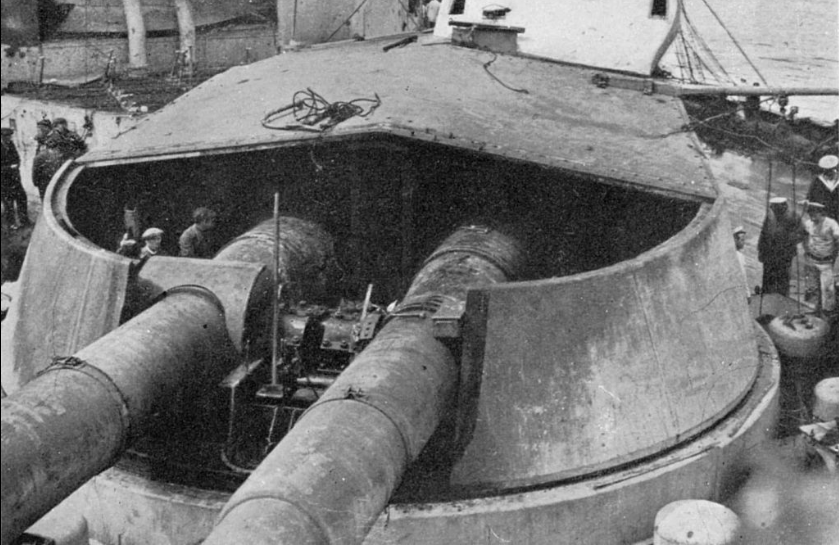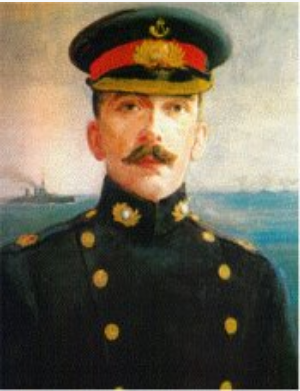Philip Howarth
Philip died on 27.2.22.

.

If you know anything about Francis John William Harvey
or anyone else in the Richardson
family please let us know. If you are already registered, please Log In
, otherwise add your contribution here:
Your contribution will be sent to the curators of the
Richardson Collection for review
Philip died on 27.2.22.
Eleanor Adele Richardson
is the latest relative on the
Richardson website - thanks to
Tim Richardson
for this contribution.
To find any relative, check out the Names page.
Grant Taylor is the latest Richardson to join - welcome!